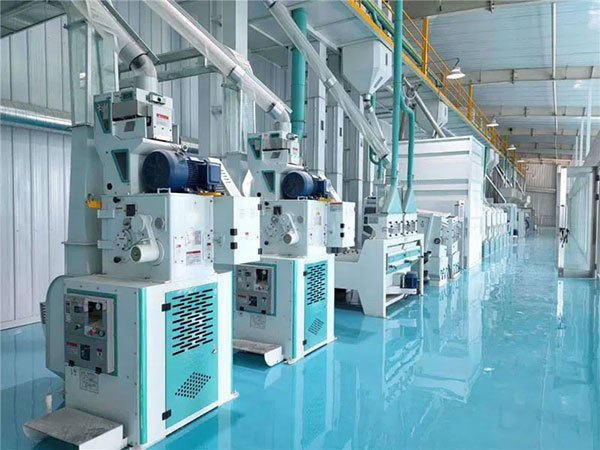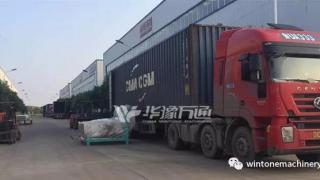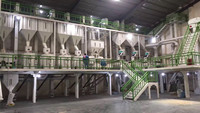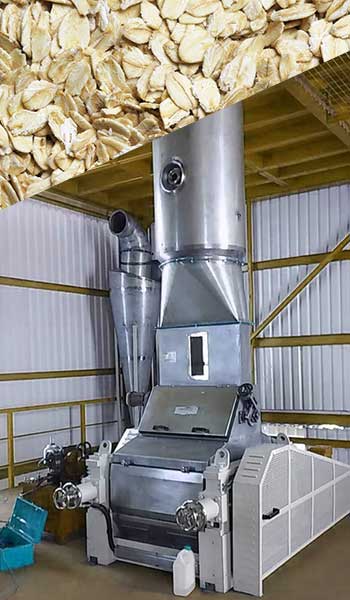Rice Processing Method--Dry Processing
SynopsisThere are two kinds of rice processing method: dry processing and wet processing. Next Wintone Machinery as a professional rice processing machine manufacture shares dry processing method.
There are two kinds of rice processing method: dry processing and wet processing. Next Wintone Machinery as a professional rice processing machine manufacture shares dry processing method.
Harvested rice grains are enclosed in glumes that are in close contact with the grain. Prior to consumption as grain, or further processing into flour, snack foods and beverages, the glumes are removed by hulling.
The first secret to successful processing and storage of post harvest rice is drying the grain to an optimum moisture level of 12-14 per cent weight/weight (w/w). Moisture contents within this range are sufficiently low to inhibit enzyme action and microbial activity in store. In addition, it facilitates the easy removal of the outer covering (bran or husk) by hulling with minimum breakage of grains to give good quality shelled rice. Rice bran is rich in oil so hulling also extends shelf life of grains by eliminating the source of rancidity.
Hulling followed by polishing has been carried out for thousands of years using traditional village methods and during the last 200 years by the use of small manufactured metal rice hullers. International organisations advise against rice polishing as it removes too much of the Vitamin B’s leading to an increase in deficiency diseases such as ‘Beriberi’.
The world’s expanding rice harvest is increasingly processed within an integrated ‘rice milling’ operations, available in a range of capacities from small (75-100 tons/day) or massive (1000plus tons/day) installed as turnkey operations with fully computerised control. The operation involves various steps like cleaning, hulling, bran separation from shelled rice, pearling, polishing classification (whole/broken grains etc) and bagging.

Irrespective of the scale of rice processing, paddy rice must be harvested at full maturity and timed carefully. Delay during harvest leading to alternating wet and dry period is responsible for the development of stress in the kernel, which in turn results in high levels of grain shattering during milling further down the processing line. Grain shattering during milling can additionally become a real problem if grains become overheated during the post harvest drying period, whether it remains too long in the hot sun or inside a mechanical dryer.
Threshed grain needs to be sorted to remove stones and insects and winnowed to eliminate light material such as stalks, leaves and dust particles. Storage in well-aerated rooms avoids absorption of moisture, leading to the growth of surface mould and grain discolouration. But rooms must be sufficiently sealed to exclude insects, rodents and birds. Threshed grain can be kept in good condition until milling, provided these measures are properly implemented.











Leave a reply